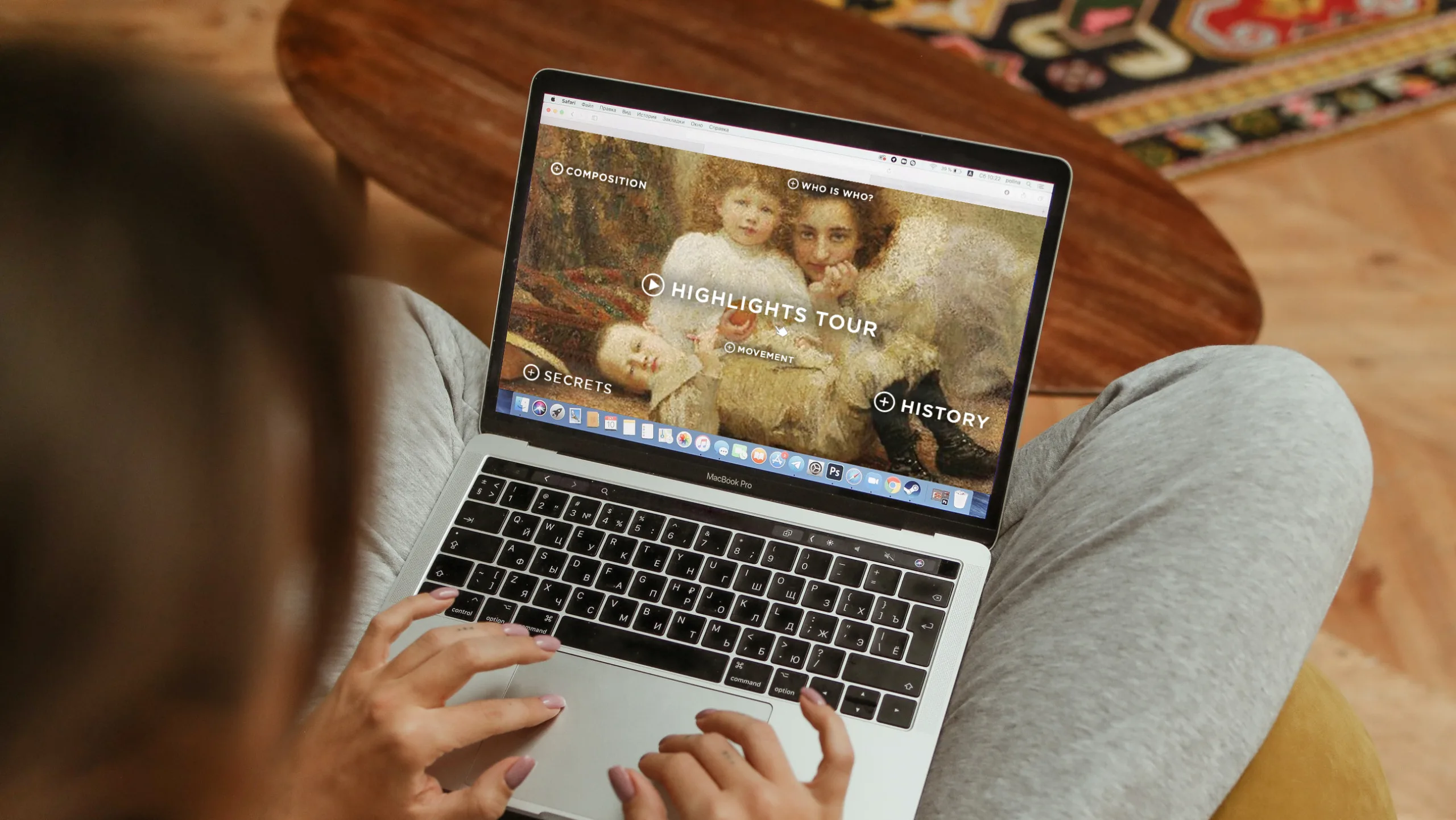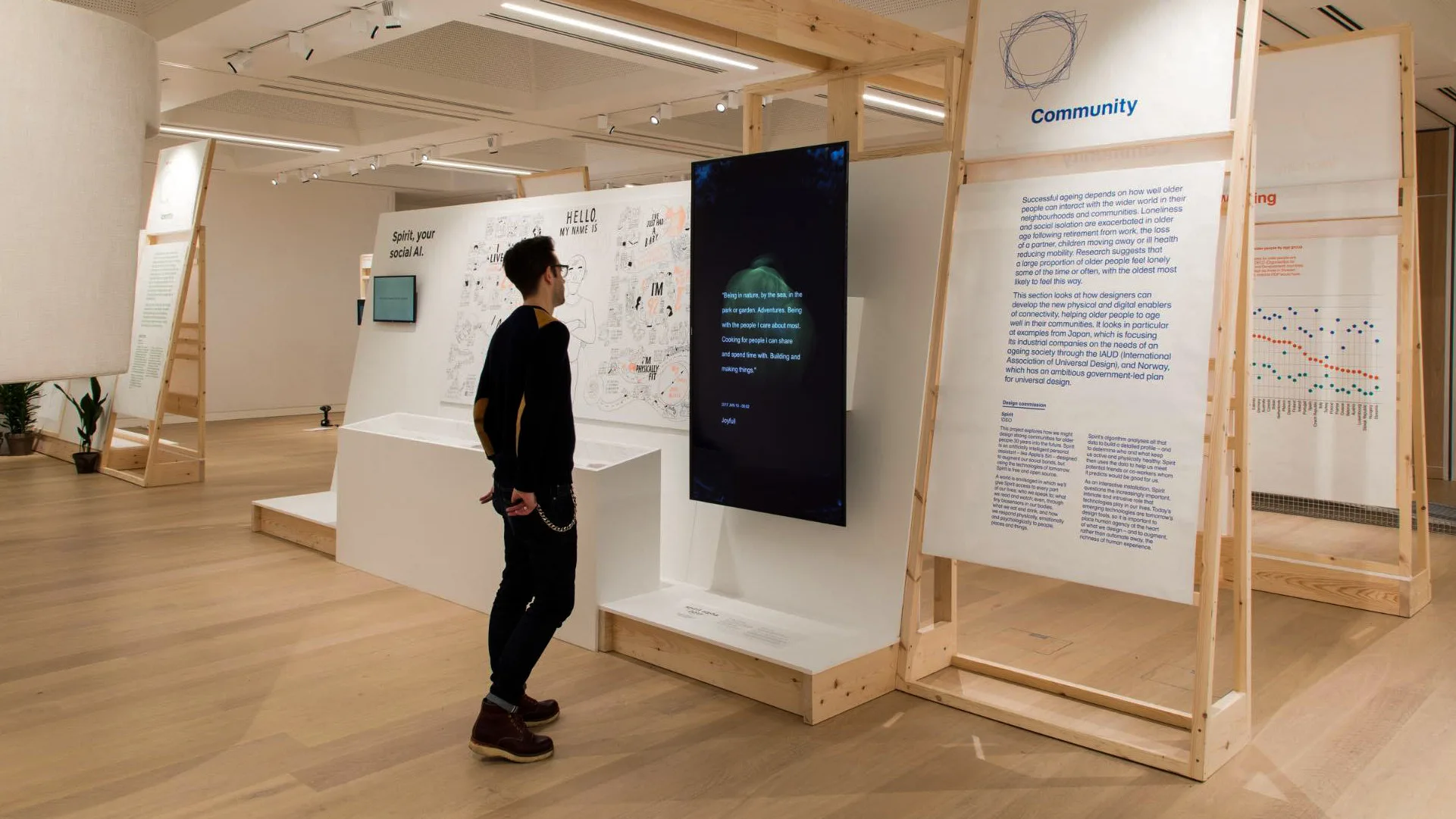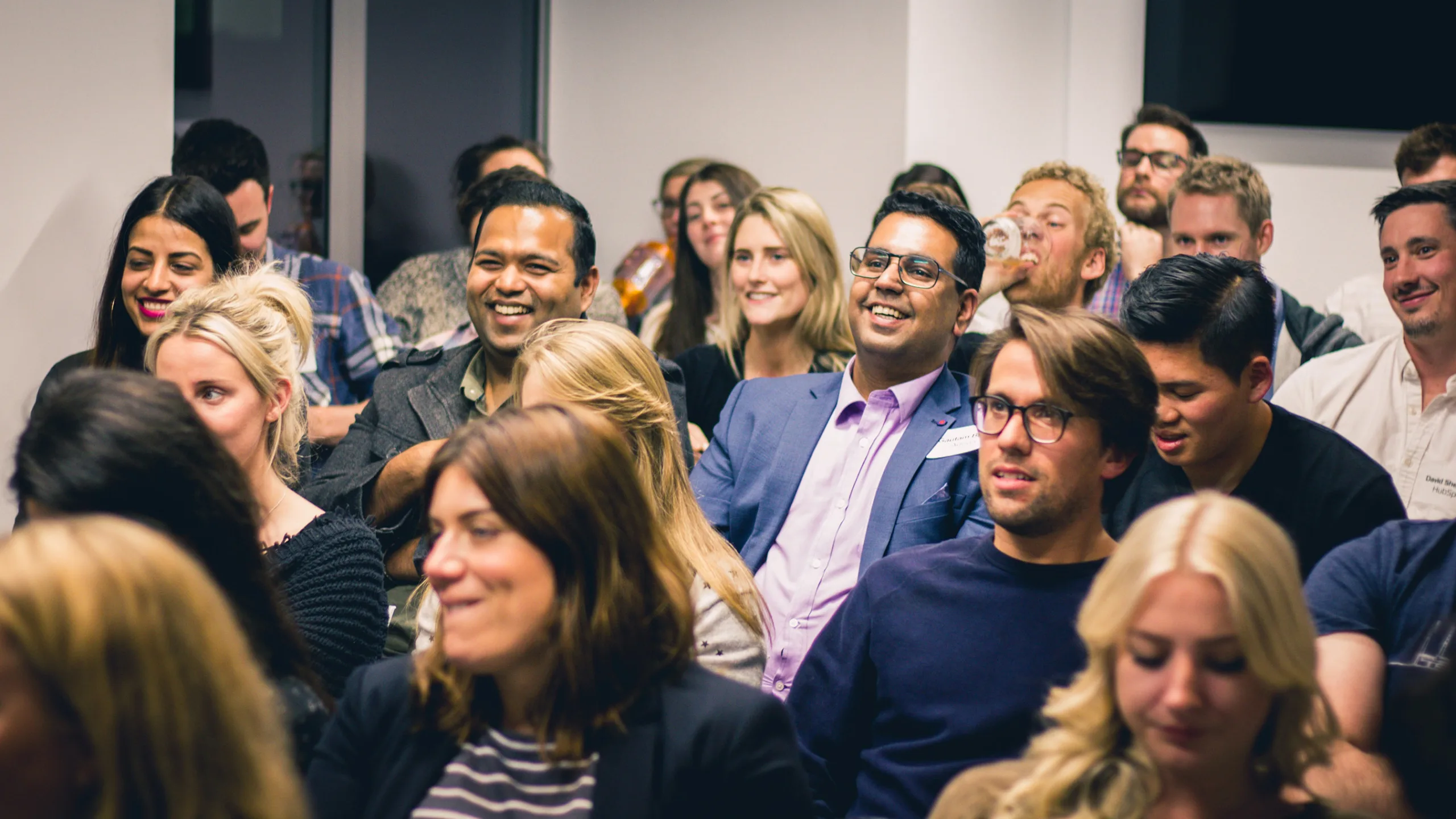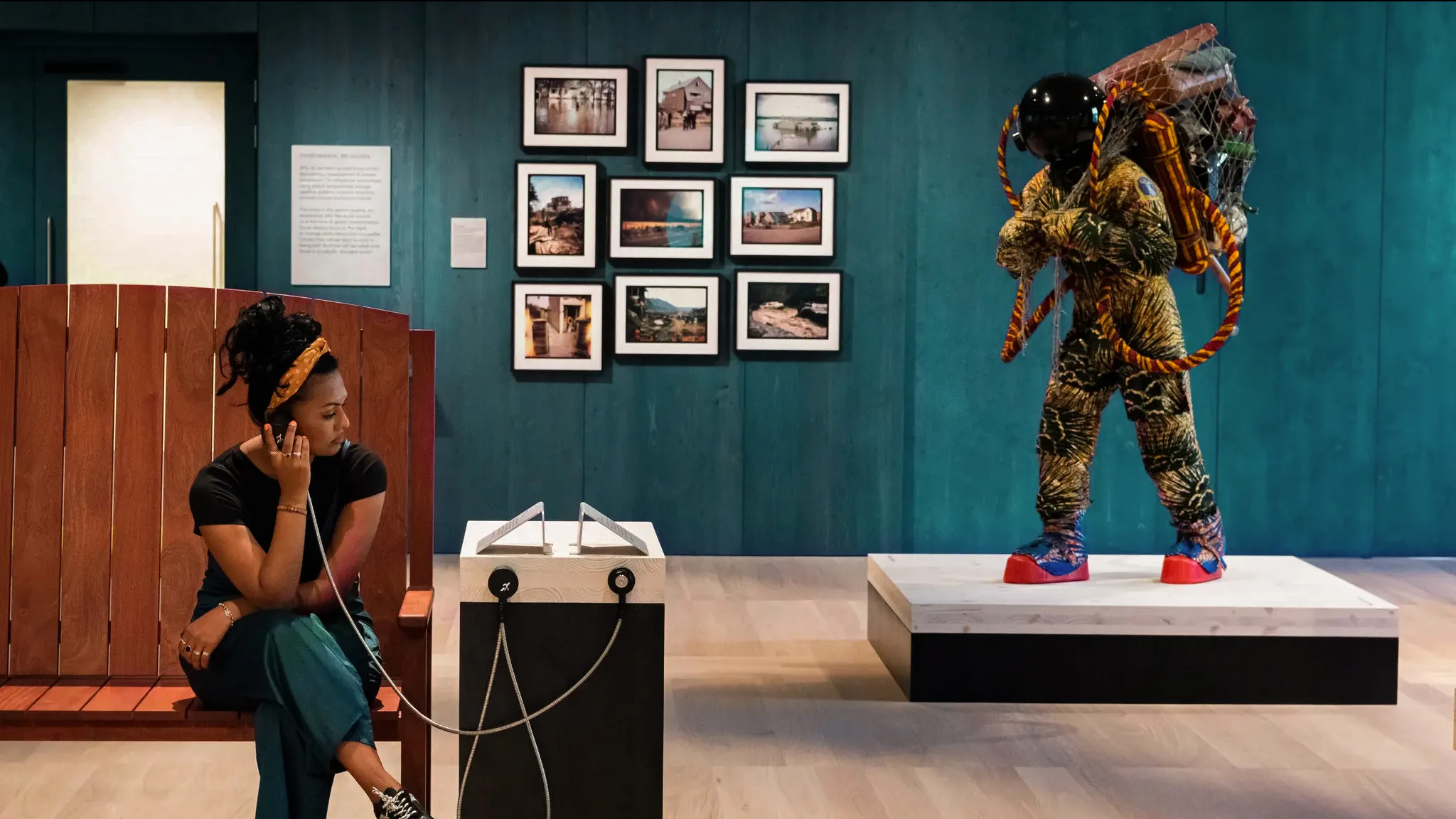Museums and other cultural institutions are undergoing a digital transformation from being an object-based industry to being an experience-based industry. Before, the focus of museums had been to create physical exhibits to display documented objects from their collections. Now, greater importance is being placed on the experience of the audience, extending from the exhibit floor to the museum's on-line presence, and across all customer contact points from administration to exhibition.
This post discusses if Drupal is a good Content Management System (CMS) to bring about the aforementioned digital transformation for cultural institutions. This article is a continuation of the previous post.
From being object- to being experience-based

The core mission of museums is to collect, preserve, interpret, and make available cultural artifacts. While the core mission does not change, the museum industry has to rethink how to fulfill it while operating in an environment increasingly disrupted by advanced digital technologies.
Traditionally, a visitor's interaction with a museum begins with the gathering of information about an exhibition on the museum's website before coming to the physical venue. On the exhibition floor, information about the exhibits is statically presented to visitors through paper event guides, information panels and signage, and electronic kiosks displaying static web pages. Interaction between the exhibits and the visitors is limited.
Audiences nowadays are used to interacting with technologies that are ubiquitous — no spatial or temporal constraint. On-line exhibitions, now possible with technology, allow 2x7 access to collections by everyone everywhere, not just those located in close proximity to the museum. And under a hybrid model, a visitor may first explore the on-line version of the exhibition before attending the live event in person.
Information display panels, event guides, and kiosks are being replaced by mobile guides that run as apps on visitors' own smartphones. Location-aware mobile guides can plan and direct a visitor's walking tour to optimally cover the exhibit space based on one’s interests and time availability.
A visitor's experience in an exhibition depends, to a large extent, on the level of interaction with the exhibits. An emerging technology that will disrupt how visitors interact with exhibits is Augmented Reality(AR). Gartner defines AR as 'the real-time use of information in the form of text, graphics, audio and other virtual enhancements integrated with real-world objects.' AR provides a simulated, yet realistic and immersive environment, for a visitor to interact with an exhibit. Information can be presented in visual, acoustic, and even tactile sensations (using 'haptic technologies'). For the post-COVID era, a promising touchless technology for the health-conscious museum audience is the use of gestures to interact with the rich information.
Is Drupal a good agent for digital transformation?
Digital exhibit management

A museum's exhibits can be digitized and narrated in a variety of formats: 2D images, 3D models, videos, audios, etc. These multimedia objects need to be cataloged and tagged with metadata using a controlled vocabulary defined by a taxonomy, and protected with the proper read and write permission schemes. Images and videos need to be digitally watermarked, encoded in the right media format, and converted to multiple resolutions to satisfy the requirement of different user groups. For example, museum staff need to view the images in a much higher resolution than regular visitors.
While many CMS's provide the basic functionalities for managing multimedia objects, Drupal by design allows developers to customize and extend out-of-the-box basics to satisfy your unique requirements.
Extensibility

The audience's experience begins before they even set foot in the museum and continues long after they leave the exhibit floor. Interactions with the museum before a visit, such as researching the exhibits and purchasing the admission tickets, can shape the overall experience. After viewing the exhibits, a stop at the souvenir shop can further bolster their experience. To optimize the visitors’ all-encompassing experience, a museum must have a technology infrastructure that better supports administrative functions such as facility management, event planning, admission ticketing, donor relations and fundraising, etc, in addition to exhibit interaction technologies.
No CMS delivers out of the box all the web software features required by a museum. Drupal's approach is to provide a platform with strong core content management functionalities and the ability to integrate with third-party best-of-breed technologies such as e-commerce, Customer Relationship Management (CRM), digital signage, calendar management, chatbots, etc. By connecting multiple services, a Drupal-based platform enables visitors to have the best possible digital experience in their museum journeys.
Community support

The community of museums using Drupal has reached critical mass. Active and healthy communities are essential for the long-term viability of using Drupal as the CMS for museums. Community members frequently gather locally and in regional conferences, such as Museweb and DrupalCon, to share ideas and even codebases to advance the use of Drupal in the art & culture industry.
Accessibility

The core mandates of a museum are twofold: to preserve cultural artifacts, and to open access of those artifacts to audiences. The requirement to expand access to wider audiences plays to Drupal's strengths as follows:
- Collaboration with other museums
Museum staff regularly exchange research information. Drupal facilitates information exchanges between museums by allowing batch data imports and exports of its digital collections. - Multilingual capabilities
Virtual or hybrid museums host visitors from around the world who speak a variety of languages. Such museums must be able to engage the global audience in their own languages. Drupal provides multilingual support out of the box in its core module. Language can be customized for each Drupal object: nodes, users, views, blocks, menus, etc. - Web accessibility compliance
To be more inclusive, museums must engage people with different levels of physical and mental abilities. In fact, failure to comply with accessibility requirements may result in financial penalties as well as reputational damages.
Drupal is designed with built-in accessibility support. Before a new Drupal version is released, it must pass the accessibility gate. Major releases have been delayed in the past in order to fix bugs identified during accessibility testing.
Summary & conclusions
Drupal is the CMS of choice for cultural institutions that are making the digital transformation from an object-based to an experienced-based model of operation. With a strong content management core and the ability to integrate with best-of-breed third-party modules, Drupal is able to facilitate the management of digital cultural artifacts and to widen audience access.
Five Jars is an international full-service Drupal agency with extensive experience in the art & culture industry. Please contact us if you have any questions about selecting a CMS to begin your digital transformation journey.



